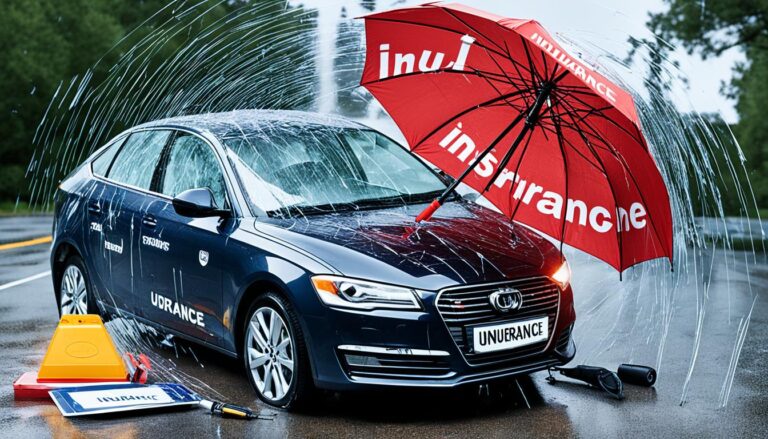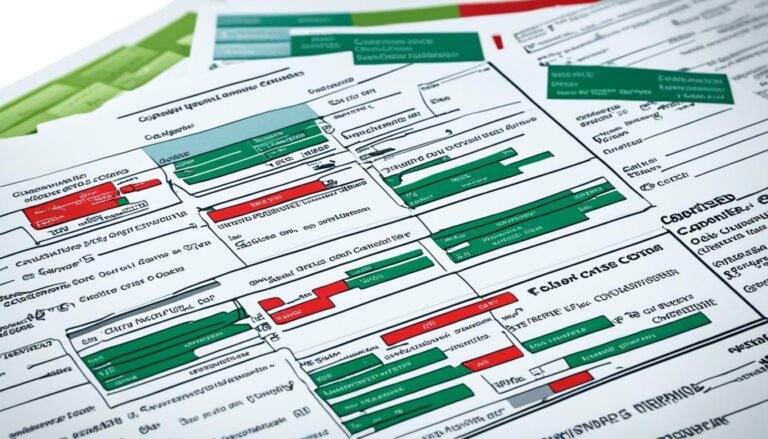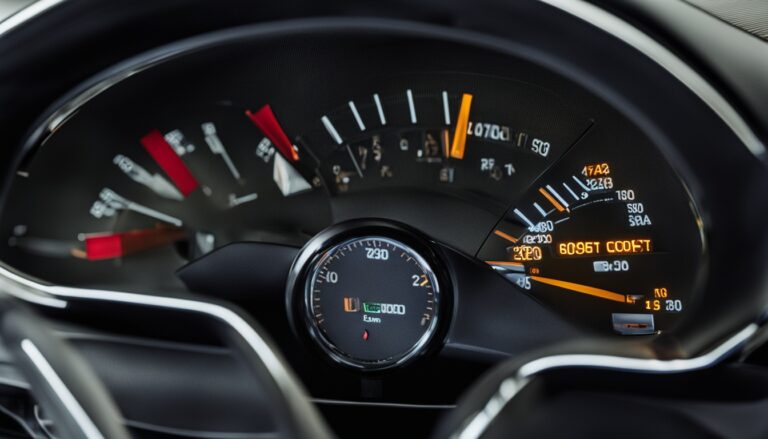Owning a vehicle is a significant investment, and the costs extend far beyond the initial purchase price. As we navigate the world of car ownership, it’s crucial to understand the various expenses involved to make informed decisions and budget accordingly. From upfront expenses to ongoing maintenance and fuel costs, this article will explore the different aspects of vehicle ownership that can impact our wallets.
Whether you’re in the market for a new car or looking to maintain your current ride, being aware of the potential costs can help you plan for a smoother and more financially responsible journey. By understanding the various expenses associated with vehicle ownership, we can make informed decisions that align with our budgets and transportation needs.
Upfront Expenses: Purchasing or Leasing a Vehicle
When it comes to vehicle ownership, one of the most significant upfront expenses is the cost of acquiring the vehicle itself. Whether you choose to purchase or lease, there are several factors that can impact the initial financial outlay.
Vehicle Purchase Price and Down Payment
The sticker price of the vehicle is the primary driver of the upfront cost. Factors like the make, model, features, and condition of the car can all influence the purchase price. In addition, the required down payment, which can range from 0% to 20% or more, can further increase the initial investment.
Purchasing a vehicle outright often requires a larger upfront payment, but it may result in lower long-term costs compared to leasing. On the other hand, leasing a vehicle typically has a lower down payment, but the monthly payments can add up over time.
Registration and Licensing Fees
Regardless of whether you buy or lease a vehicle, you’ll also need to factor in the costs of registration and licensing. These fees, which vary by location, can include charges for vehicle registration, license plates, and title transfers. These expenses can add several hundred dollars or more to the initial cost of vehicle ownership.
When comparing the vehicle purchase price, down payment, registration fees, and licensing fees between purchasing and leasing a car, it’s important to thoroughly research and understand the financial implications of each option to make an informed decision that aligns with your budget and long-term goals.
| Cost Factor | Purchasing a Vehicle | Leasing a Vehicle |
|---|---|---|
| Vehicle Purchase Price | Higher upfront cost | Lower initial cost |
| Down Payment | Typically higher down payment | Typically lower down payment |
| Registration and Licensing Fees | Paid upfront | Paid upfront |
Costs Vehicle Ownership: Ongoing Maintenance and Repairs
Maintaining and repairing your vehicle is an ongoing expense that must be factored into your overall car ownership budget. Regular maintenance tasks, such as oil changes, tire rotations, and brake inspections, can add up quickly. Additionally, unexpected repairs can be a significant financial burden, depending on the issue and the cost of parts and labor.
Understanding the typical car maintenance costs and potential repair expenses is crucial for ensuring you have the necessary funds to keep your vehicle in good working condition. By budgeting for these ongoing costs, you can avoid unexpected financial surprises and ensure your car continues to run smoothly.
Regular Maintenance: Keeping Your Car in Top Shape
Routine maintenance is essential for the longevity and performance of your vehicle. Some common maintenance tasks and their estimated costs include:
- Oil changes: $20 to $100 (depending on the type of oil and your vehicle)
- Tire rotations: $20 to $50
- Brake inspections and maintenance: $100 to $300
- Air filter replacements: $20 to $50
- Wiper blade replacements: $10 to $30 per blade
Unexpected Repairs: Preparing for the Unexpected
Even with regular maintenance, your vehicle may require unexpected repairs due to wear and tear, accidents, or other unforeseen issues. Some common repair expenses include:
- Engine repairs: $500 to $2,000 or more
- Transmission repairs: $1,000 to $3,000 or more
- Suspension repairs: $300 to $1,000
- Brake system repairs: $200 to $800
- Electrical system repairs: $100 to $500
To prepare for these potential costs, it’s essential to set aside a portion of your car ownership budget for ongoing maintenance and repairs. By doing so, you can avoid financial stress and ensure your vehicle remains in top condition.
| Maintenance Task | Average Cost |
|---|---|
| Oil Change | $20 – $100 |
| Tire Rotation | $20 – $50 |
| Brake Inspection and Maintenance | $100 – $300 |
| Air Filter Replacement | $20 – $50 |
| Wiper Blade Replacement | $10 – $30 per blade |
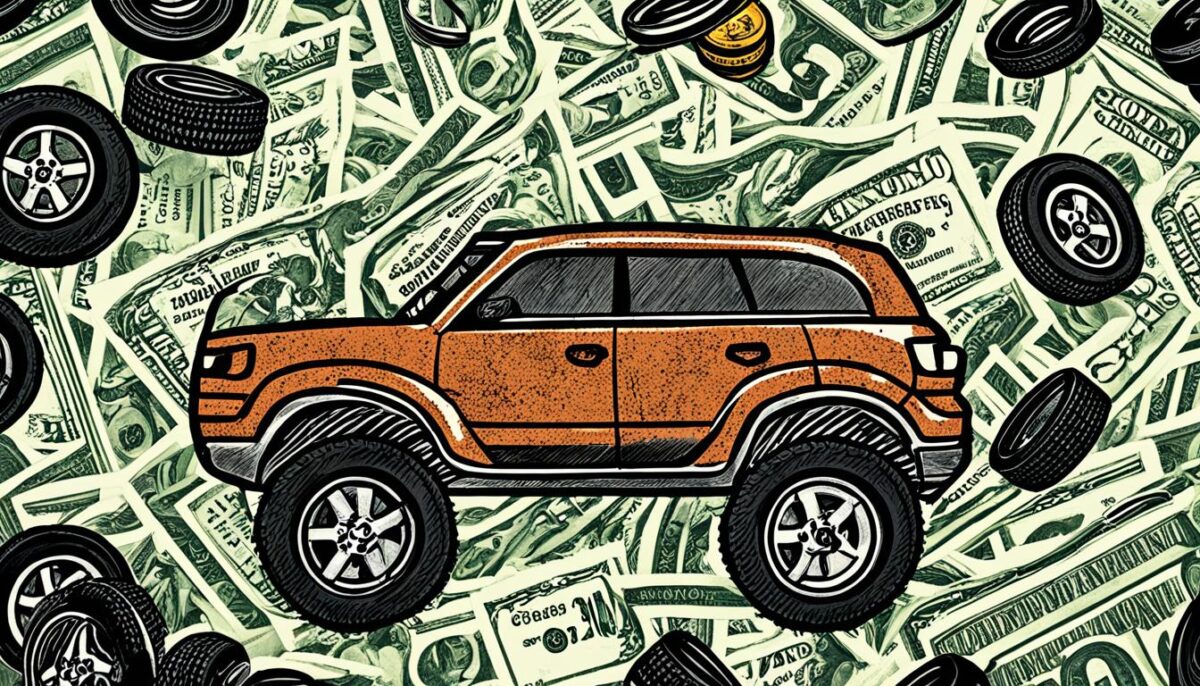
“Proper maintenance is the key to keeping your vehicle running smoothly and avoiding costly repairs down the road.”
Fuel Costs: A Constant Expenditure
As vehicle owners, we know that fuel costs are a constant and significant expense. The amount we spend on gas can vary depending on our vehicle’s fuel efficiency, the price of gas in our area, and our driving habits. Understanding the factors that affect fuel efficiency and implementing strategies to reduce fuel consumption can help us better manage this ongoing cost.
Factors Affecting Fuel Efficiency
Several factors can impact the fuel efficiency of our vehicles, including:
- Vehicle type and size: Larger, heavier vehicles generally have lower fuel efficiency compared to smaller, more lightweight models.
- Engine performance: Vehicles with more powerful engines may consume more fuel, especially during acceleration and high-speed driving.
- Driving style: Aggressive acceleration, sudden braking, and high-speed driving can significantly reduce fuel efficiency.
- Road conditions: Driving on well-maintained roads with minimal traffic can improve fuel efficiency compared to congested or poorly paved roads.
- Weather and environmental factors: Extreme temperatures, strong winds, and steep terrain can all impact a vehicle’s fuel consumption.
Strategies for Reducing Fuel Costs
To help reduce our vehicle’s fuel costs, we can implement the following strategies:
- Maintain proper tire pressure: Ensuring our tires are inflated to the recommended PSI can improve fuel efficiency by up to 3%.
- Use the recommended fuel grade: Using the fuel grade specified by the manufacturer can help maximize fuel efficiency and engine performance.
- Combine errands and plan routes: Minimizing unnecessary driving and combining multiple errands into one trip can help us save on fuel costs.
- Avoid excessive idling: Letting our vehicle idle for more than 30 seconds can waste fuel, so it’s best to turn off the engine if we’re stopped for an extended period.
- Consider fuel-efficient driving habits: Practicing smooth acceleration, maintaining consistent speeds, and avoiding sudden braking can all contribute to improved fuel efficiency.
By understanding the factors that affect vehicle fuel costs and fuel efficiency, and implementing practical strategies to reduce fuel expenses, we can better manage this ongoing cost of vehicle ownership.
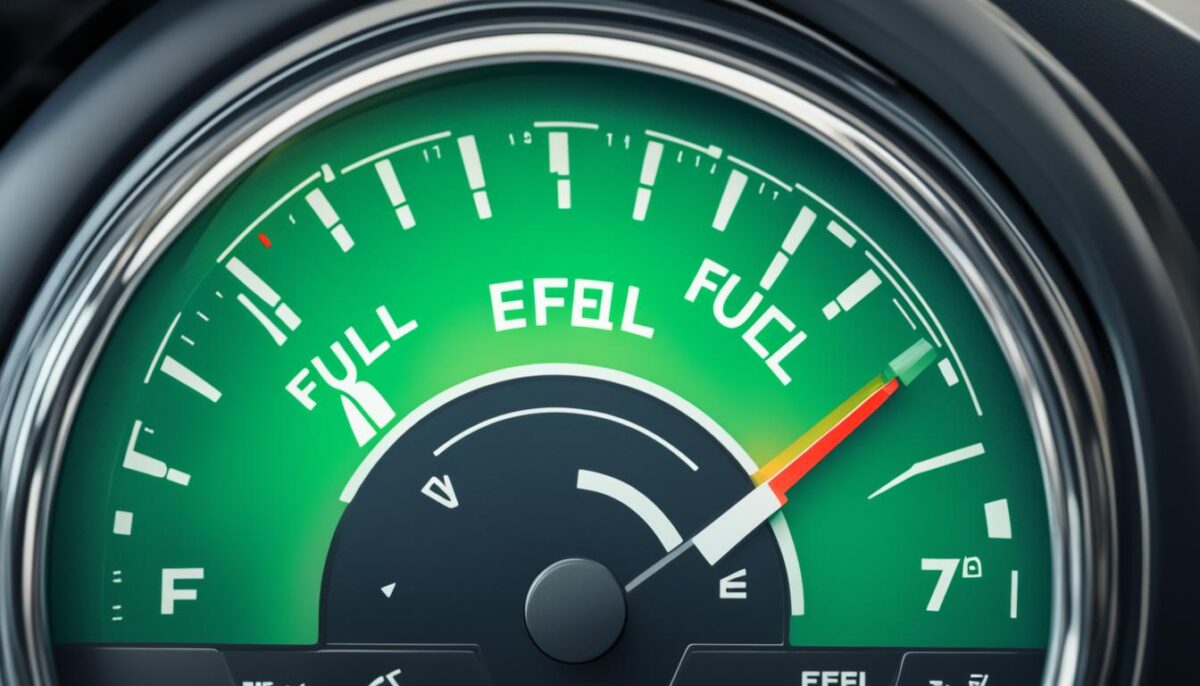
Insurance and Financial Protection
Protecting our investment in a vehicle is crucial, and that’s where car insurance comes into play. The cost of car insurance can vary widely, depending on factors like our driving history, the type of vehicle we own, and our geographic location. By having the right insurance coverage, we can ensure financial protection in the event of an accident or unexpected incident, making it an essential component of vehicle ownership costs.
Comprehensive car insurance coverage can provide us with peace of mind, covering expenses such as property damage, liability, and personal injury. Insurers offer a range of policy options to cater to our individual needs, allowing us to customize our coverage and manage our car insurance costs effectively.
In addition to car insurance, financial protection for vehicle owners can come in the form of extended warranties, gap insurance, and other financial products. These tools can help us safeguard our investment and minimize the financial burden of unexpected repairs or replacement costs.

